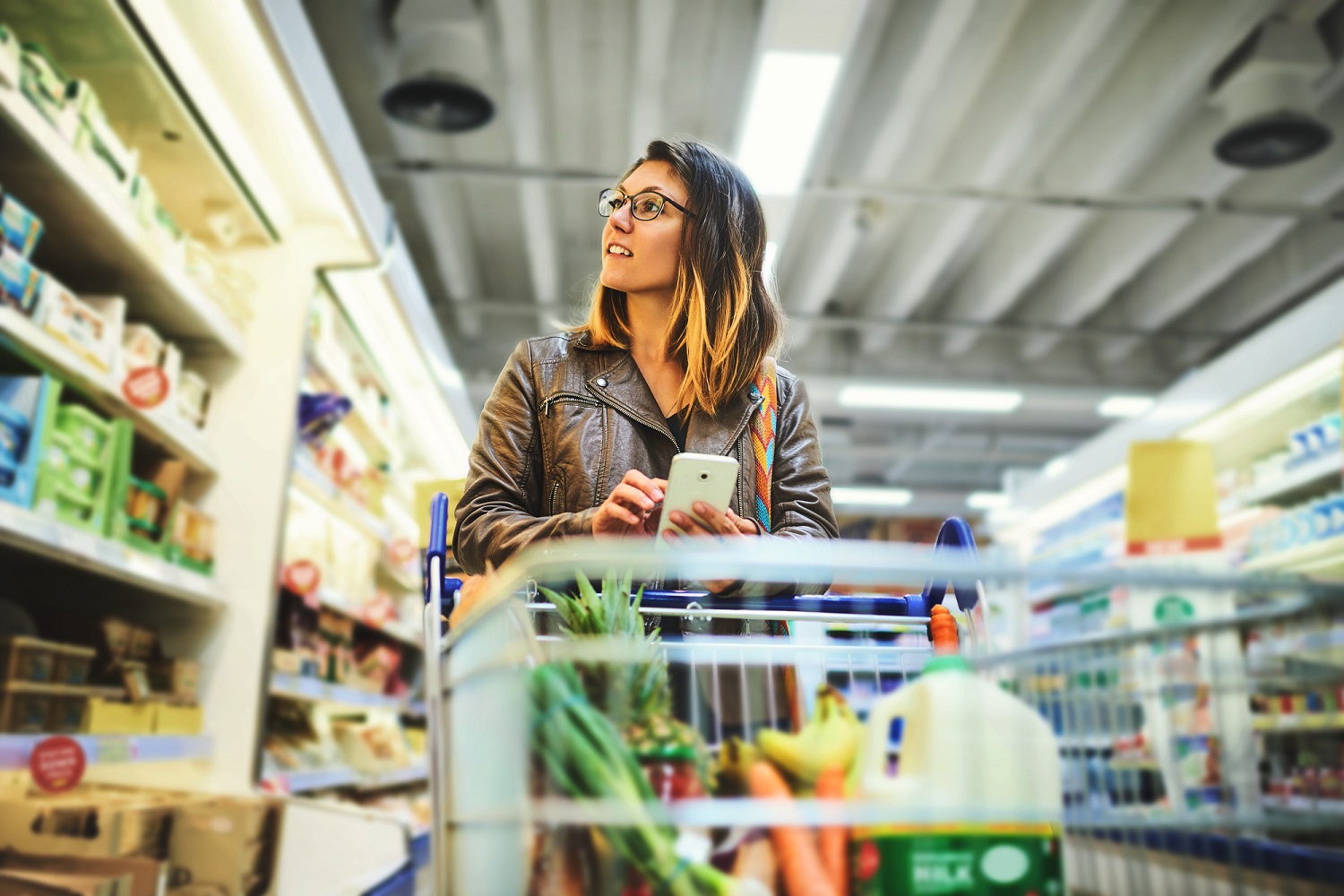GFSI turns 20 in 2020. Initially established to help address consumer concerns in the wake of numerous food safety crises, the Global Food Safety Initiative — and the food industry as a whole — has greatly evolved in the past 20 years.
How has the definition of “food safety” changed in the past 20 years? How have businesses defined “safe food,” and what does it mean today?
The food industry is evolving
In the past, consumers wanted safe and high-quality food, at a reasonable price, from a reputable brand. Today, consumers want all this and more — they now have even higher expectations of their food as well as the businesses behind them, which has forced a radical shift in the industry. Modern consumers expect to know more about the food they buy, meaning businesses must be ready and able to share information about where a product was made, how it was manufactured, who was involved and how they were treated. In addition, food safety is no longer the only issue on consumers’ minds — they also want products to be ethical and sustainable. In other words, food safety is a piece of the bigger puzzle of “responsible sourcing.”
Higher consumer expectations mean companies throughout the supply chain must adapt their operations and reconsider how they collaborate — both internally and externally—to accommodate this new era. Can traditional methods of supply chain management ensure products are both safe and responsibly sourced? What is the best way to gather and share the information consumers want to see? And how should the industry prepare itself for the upcoming decades?
Adapting to the new consumer era
Traditionally, food businesses take a top-down approach to food safety. To ensure their products are safe, they perform audits and inspections and collect codes of conduct, certifications, and other documentation from their suppliers. In this way, food businesses can rest assured that all their supply chain partners meet their standards for safe, high-quality products.
This approach is still extremely relevant today — audits, inspections, and certifications are as important as ever. However, to fully address new consumer expectations around food safety and responsible sourcing, a larger shift is needed in terms of how businesses operate and collaborate.
1. Expand your scope: With some adjustments, the traditional top-down approach can still be effective today. By expanding the scope of audits, inspections, and certifications to encompass new requirements around sustainability and corporate social responsibility—in addition to food safety — businesses can make significant progress towards ensuring not just food quality, but responsible sourcing as well.
This top-down approach is particularly beneficial for businesses with greater visibility into their supply chains, since they can secure important information from more of their suppliers. This approach is also beneficial for food brands working with “hot” issues or commodities that consumers care strongly about, such as cocoa, palm oil, or organic products, which can be linked to fraud, unethical labor, deforestation, and more.
2. Collaborate meaningfully: Businesses should develop meaningful relationships with their suppliers that enable them to communicate needs and establish policies, expectations and boundaries that help both parties meet new consumer expectations. Beyond exchanging routine information, food brands need to have long-term, in-depth, and highly organised conversations with their suppliers about quality, locality, social impact, environmental sustainability, and related sub-topics. Streamlined communication reduces barriers between supply chain partners to help meet objectives and address issues efficiently.
3. Integrate analytics: Meaningful supply chain engagement involves capturing and analysing data. Food brands should complement their sourcing and procurement practices with consolidated analytics on suppliers, products and compliance to enable a continuous cycle of responsible sourcing and transaction-level compliance. This helps businesses determine general trends and identify potential risks that may impact their supply chains, either immediately or in the future. For example, if many of your suppliers are in countries that have been associated with migrant labor or deforestation, it may be time to consider identifying new suppliers that better match your stated company values.
4. Engage externally: Finally, businesses need to view data through the lens of “consumer communication.” What information do consumers want to see in order to know that their food products are safe and responsibly sourced? Supply chain data collection is not solely about meeting internal requirements for documents and inspections, but fulfilling external requirements set by consumers. Sharing supply chain data that is informative, interesting, and relevant is a new expectation. In today’s consumer-centric era, businesses need to make this a priority.
To succeed in 2020 and beyond, food businesses must be willing to adapt their existing operations to accommodate new consumer expectations for responsible sourcing. While the tried and true top-down approach still plays a critical role, it is equally important to consider new ways of collecting supply chain data and collaborating with partners for a comprehensive approach that meets the needs and expectations of the upcoming decades.
Food brands who instill guarantees of safety, sustainability, and responsibility into their supply chain at scale, who are investing to improve operations, and are willing to share their learnings and achievements with full, proactive transparency will earn long-term consumer loyalty and spend.
This blog was written and contributed by:
KellyAnn Tsai
Director of Marketing
Transparency-One


